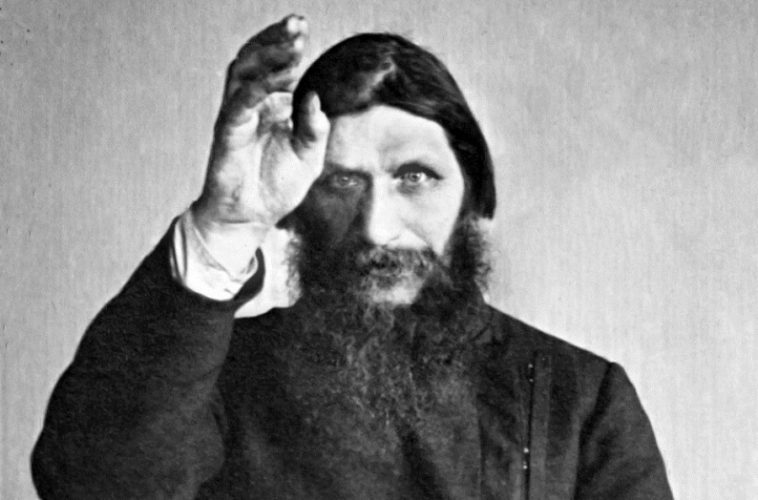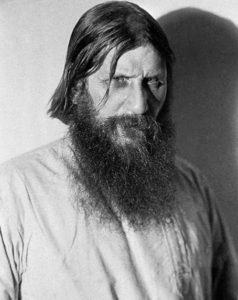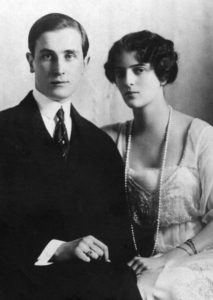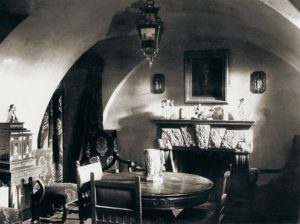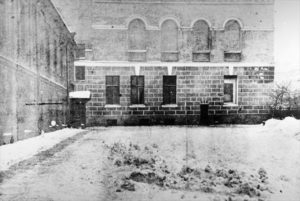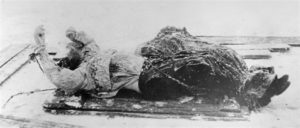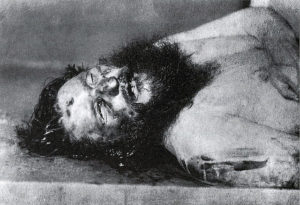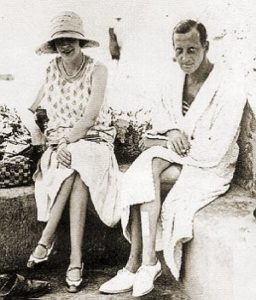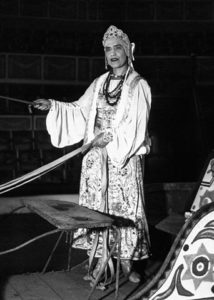Rasputin, the wrong man in the right place.
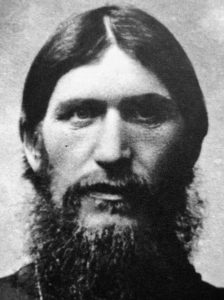
Grigori Rasputin was born on January 9, 1869, in the Siberian village of Pokrovskoe, one of nine children of Efim and Anna. Even the number of surviving siblings of Rasputin is a matter of dispute. Possibly all of his nine brothers and sisters died only a few days after they were born and the only sister to perhaps survive was born in 1875 and named Feodosiya. That such biographical information is unclear is due to both the disorganization at this level of Russian society and the remote location of Rasputin’s birth and early life. Pokrovskoe was a small town located on the Tura river between the Siberian cities of Tyumen and Tobolsk. Tyumen is 1300 miles east of Moscow, even today an eighteen-hour automobile journey. In the late nineteenth century, this would have been a remote and isolated part of the world.
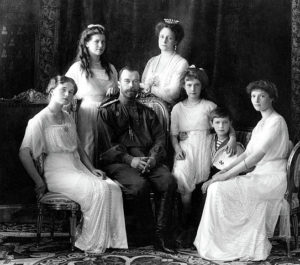
Few individuals have generated as many legends and falsehoods as Grigori Efimovich Rasputin, the so-called “Mad Monk” of Russia. That Rasputin was neither mad or a monk is typical of much of the characterization of this Siberian peasant who would achieve a position of great influence over the government and court of Nicholas II of Russia, the last Tsar of the Romanov dynasty.
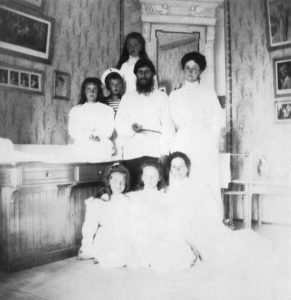
By the spring of 1907, Alexandra decided to introduce Rasputin to Anna Vyrubova, officially a lady-in-waiting at court but also the Tsarina’s closest friend. Anna was another deeply religious woman from an aristocratic family, who married briefly and unhappily and became one of Rasputin’s most devout disciples. Her opinion only strengthened his appeal to the Tsarina who trusted Vyrubova implicitly. This connection further ingratiated Rasputin with other members of the aristocracy, although the staretz was starting to engender feelings of either great enthusiasm or profound disgust, a consistent thread throughout the rest of Rasputin’s life.
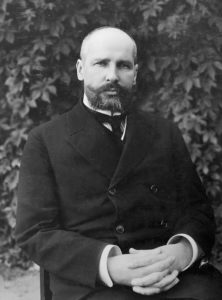
By 1911, Stolypin had survived numerous assassination attempts, including a bombing that killed 28 people and almost killed his daughter. As a result, Stolypin moved into the secure confines of the Winter Palace. Pragmatic and politically astute, after a single interview with Rasputin, Stolypin came to the conclusion that the man’s influence over the ruling family was dangerous and should be eliminated. However, historical accounts indicate that he repeatedly brought up the matter with the Tsar, who typically responded by deflecting any confrontation. To his daughter, Stolypin said in the summer of 1911:
“Nothing can be done about it. Every time I had an opportunity to warn the Tsar, I did. And here is what he told me recently: “I agree with you Pyotr Arkadievich, but better ten Rasputins than one of the Empress’s hysterical fits. That’s what the reason was. The empress is ill, seriously ill, she believes that Rasputin is the only person in the whole world who can help the heir and it is beyond human capacity to dissuade her about it.”
Podcast: Play in new window | Download
Subscribe: RSS

